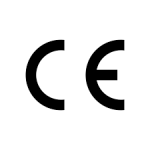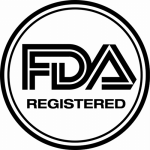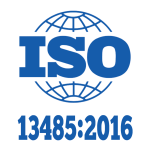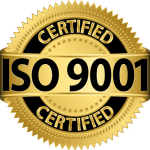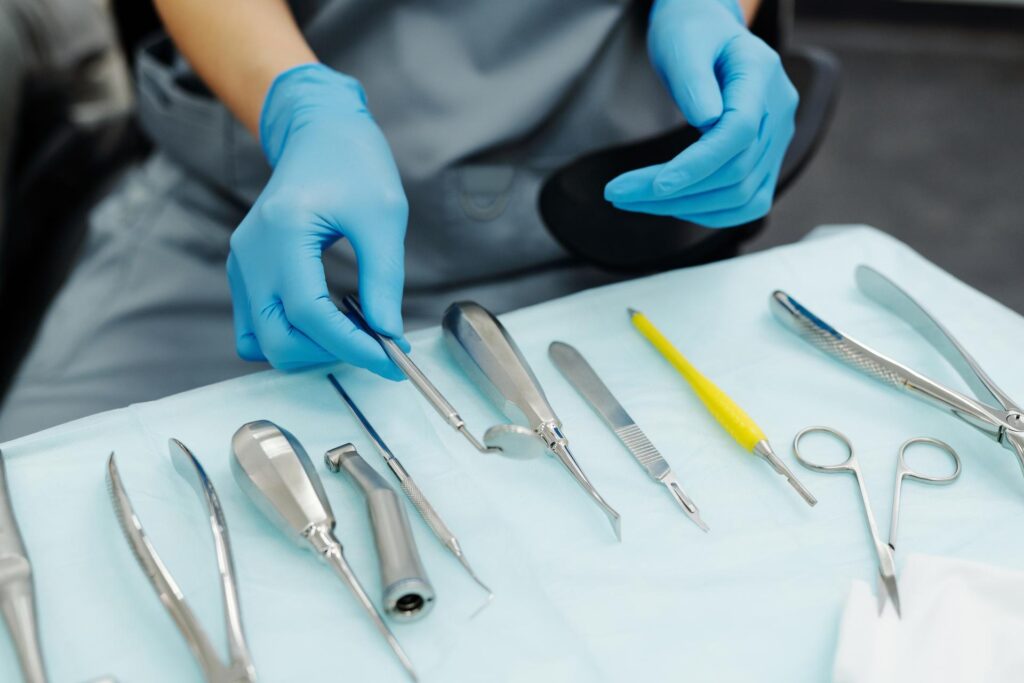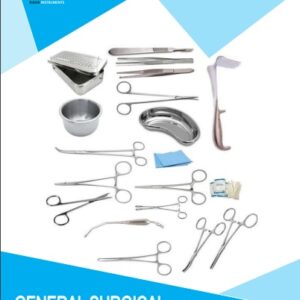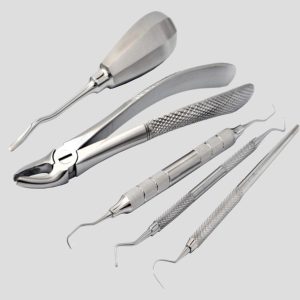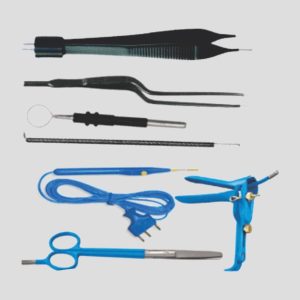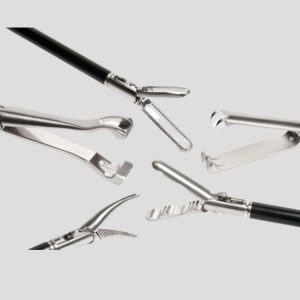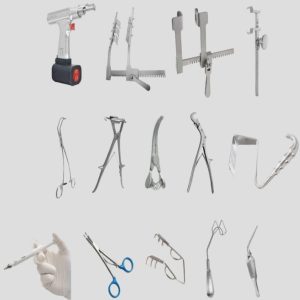Surgical instruments are the backbone of any healthcare facility, playing a critical role in patient care and safety. Proper care and maintenance of these instruments are paramount to their longevity, functionality, and, most importantly, patient safety. This comprehensive blog post, we will walk you through the essential steps and best practices to properly take care of your surgical instruments.
1- Pre-Procedure Handling
Handle with Care: The journey of proper instrument care begins before any procedure. Always handle surgical instruments with the utmost care, avoiding any unnecessary force or impact that could damage delicate components.
Avoid Contamination: Ensure that instruments are stored in a clean and sterile environment before use. Any contamination can compromise patient safety.
2- Immediate Post-Procedure Handling
Rinse with Warm Water: After a surgical procedure, immediately rinse the instruments with warm water to remove any visible blood, tissue, or bodily fluids. Avoid the use of abrasive brushes or pads, as they can damage the instruments’ surfaces.
Prevent Drying: Keep instruments moist after use to prevent blood and tissue from drying and adhering to the surface. A moist sponge or towel can help.
3- Pre-Cleaning
Use Enzyme Cleaners: Start the cleaning process by soaking the instruments in an enzymatic cleaner solution. These cleaners are designed to break down and remove organic materials such as blood, tissue, and proteins.
Avoid Harsh Chemicals: Refrain from using harsh chemicals like bleach or hydrogen peroxide, as they can corrode or damage the instruments’ surfaces. Stick to manufacturer-recommended cleaning solutions.
4- Cleaning and Decontamination
Ultrasonic Cleaning: Place the instruments in an ultrasonic cleaner filled with an enzymatic cleaning solution. The ultrasonic vibrations help dislodge debris from crevices and hard-to-reach areas.
Manual Cleaning: Some instruments may not be suitable for ultrasonic cleaning. In such cases, use a soft brush and mild detergent to clean them manually. Pay special attention to hinges, joints, serrated edges, and any crevices where debris may accumulate.
Rinse Thoroughly: After cleaning, rinse the instruments thoroughly with distilled water to remove any residue from the cleaning solution.
5- Inspection
Check for Damage: Inspect each instrument for signs of damage, such as bent or misaligned parts, rust, discoloration, or loose screws. Damaged instruments should be set aside for repair or replacement.
Lubrication: Apply a surgical instrument lubricant to any movable parts, such as hinges and ratchets, to ensure smooth functionality.
6- Sterilization
Choose the Right Method: Sterilize the instruments using the appropriate method based on the instrument’s material and design. Common sterilization methods include autoclaving, chemical sterilization, and dry heat sterilization. Follow the recommended sterilization parameters closely.
Maintain Sterility: After sterilization, store the instruments in a sterile environment, using sterile packaging. This helps preserve their sterility until they are ready for use.
7- Proper Storage
Dry Storage: Store instruments in a clean, dry, and dust-free environment. Avoid stacking or overcrowding, as this can lead to damage. Proper storage helps prevent corrosion and contamination.
Organized Storage: Organize instruments in trays or drawers with designated spaces for each type. This not only makes it easier to locate the required instruments quickly but also minimizes the risk of damage during handling.
8- Regular Maintenance
Scheduled Inspections: Implement a routine inspection schedule to assess the condition of your instruments. Regular inspections can help detect and address issues early, preventing potential problems during procedures.
Prompt Repairs: Address any identified issues promptly. Repairs should be carried out by skilled instrument technicians to ensure instruments are restored to their proper functioning.
9- Instrument Tracking
Documentation: Maintain detailed records of each instrument, including its type, serial number, purchase date, and maintenance history. This documentation is invaluable for tracking instrument lifespan and identifying patterns of wear.
Barcoding or RFID: Consider implementing barcoding or RFID (Radio-Frequency Identification) technology to streamline instrument tracking and management. These systems enhance accuracy and reduce the risk of instrument loss.
10- Staff Training
Continuous Education: Ensure that all personnel who handle surgical instruments receive ongoing training on proper care, handling, and cleaning protocols. Knowledgeable staff are essential for maintaining instrument quality and patient safety.
Properly Caring for Surgical Instruments
Proper care of surgical instruments is non-negotiable in healthcare settings. Neglecting the maintenance of these critical tools can jeopardize patient safety and lead to costly replacements. By following the steps and best practices outlined in this guide, healthcare professionals can ensure the longevity, functionality, and safety of their surgical instruments, contributing to successful procedures and better patient outcomes. Surgical instrument care is a fundamental aspect of quality healthcare delivery, and it demands diligence, attention to detail, and a commitment to excellence.
About Rigor Instruments
High-quality surgical instruments are essential to the success of any procedure, no matter how straightforward or difficult it may be for the patient, and this is where Rigor Instruments can help you.
Rigor is a second-generation surgical instruments manufacturer and surgical instruments supplier from Sialkot Pakistan providing best quality in all kinds of Surgical Instruments since 1985. Our surgical instruments include electro surgical instruments, neuro surgical instruments, plastic surgery instruments, dental surgical instruments, retractors, forceps surgical instruments, general surgical instruments, ophthalmic surgical instruments, ENT surgical instruments and many more.
Our exquisite quality and competitive pricing has given us great competitive advantage in the global surgical instruments market. Our ambition is to become a leader in international market in all Surgical Instruments.

